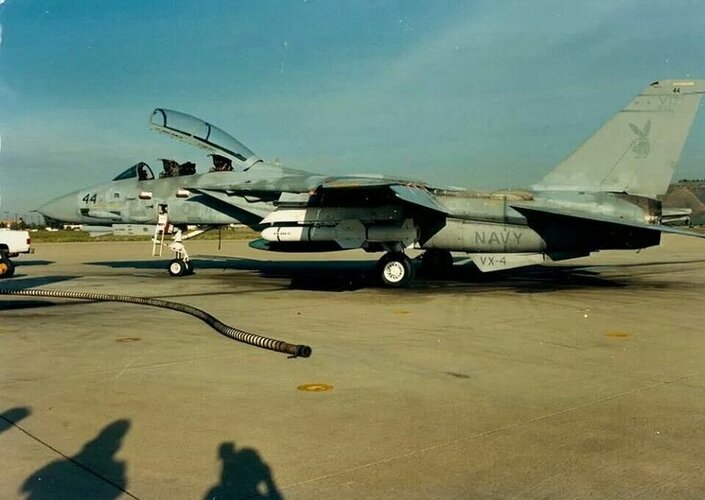- Joined
- 29 November 2010
- Messages
- 1,775
- Reaction score
- 3,479
1.
Dick Cheney is known to have been involved directly or indirectly in the decision making for major US weapon systems.. such as the F-14, F-22, etc.
However when he became Sec of Def, he was not HW Bush's first choice, it was some other guy.
Lets say in this alternate history, Cheney never became Sec of Def (it went to Bush's first choice instead).. and because of that, he didn't become VP either.
Would it change any major weapons acquisitions in the US? the world?
2.
On a related note, around the same time is when the Super Hornet was developed and proposed.
What if McD/Boeing, instead of offering basically a new aircraft (the Super Hornet looks like the Hornet but is essentially a new aircraft as its much larger..)
they offered basically an extremely upgraded Regular Hornet, in the same way F-16C went to F-16E
The airframe is roughly the same.. but it adds conformal fuel tanks to address the range issue, new radar, possibly new F414 engines?
Would this still be appealing to the US? world?
Dick Cheney is known to have been involved directly or indirectly in the decision making for major US weapon systems.. such as the F-14, F-22, etc.
However when he became Sec of Def, he was not HW Bush's first choice, it was some other guy.
Lets say in this alternate history, Cheney never became Sec of Def (it went to Bush's first choice instead).. and because of that, he didn't become VP either.
Would it change any major weapons acquisitions in the US? the world?
2.
On a related note, around the same time is when the Super Hornet was developed and proposed.
What if McD/Boeing, instead of offering basically a new aircraft (the Super Hornet looks like the Hornet but is essentially a new aircraft as its much larger..)
they offered basically an extremely upgraded Regular Hornet, in the same way F-16C went to F-16E
The airframe is roughly the same.. but it adds conformal fuel tanks to address the range issue, new radar, possibly new F414 engines?
Would this still be appealing to the US? world?




